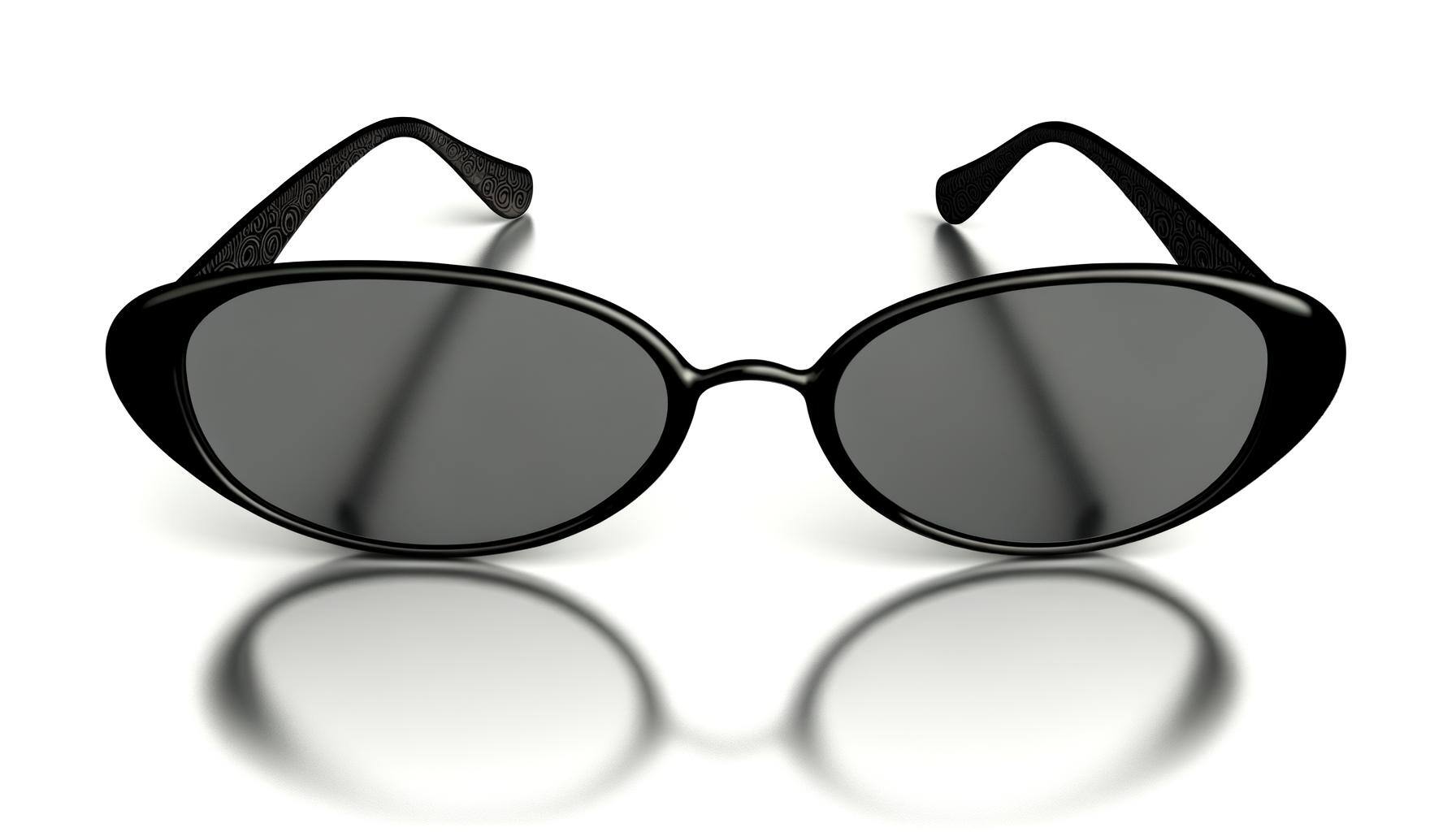There has been a growing focus on creating sustainable glasses frames in the eyewear industry, that not only appeals to eco-conscious consumers but also contributes significantly to environmental conservation. Sustainable glasses frames are designed to minimise environmental harm through the use of eco-friendly materials and production methods. By adopting these practices, eyewear brands can play a crucial role in reducing carbon emissions and conserving natural resources. This shift not only helps in mitigating climate change but also aligns with global environmental goals, such as those outlined in the Paris Agreement 2015.
The Paris Agreement, adopted by nearly 200 countries, aims to limit global warming to well below 2°C and pursue efforts to limit it to 1.5°C. Achieving these targets requires concerted efforts across all sectors, including the eyewear industry. By focusing on sustainability, eyewear brands can contribute to these global efforts, enhancing their reputation and meeting the demands of a more environmentally conscious market.
What Are Sustainable Glasses Frames?
Sustainable glasses frames are those designed and produced with minimal environmental impact in mind. Unlike traditional eyewear, which often relies on non-renewable resources and energy-intensive manufacturing processes, sustainable glasses frames utilise materials and methods that are kinder to the planet. Here, we delve deeper into what makes glasses frames sustainable and the benefits of these eco-friendly choices.
Materials Used in Sustainable Glasses Frames
The key to sustainable glasses frames lies in the materials used. Traditional eyewear is typically made from petroleum-based plastics or metals that require extensive mining and processing. In contrast, sustainable glasses frames are made from materials that have a reduced environmental footprint. Some of the most commonly used materials in sustainable eyewear include:
- Recycled Plastics: These are plastics that have been reprocessed from post-consumer waste. By using recycled plastics, brands can reduce the demand for new plastic production, which in turn reduces carbon emissions and the amount of plastic waste ending up in landfills.
- Bio-Based Plastics: Derived from renewable biological sources such as castor oil plants, bio-based plastics are a sustainable alternative to traditional plastics. These materials are biodegradable and have a lower carbon footprint, as they require less energy to produce.
- Sustainably Sourced Wood: Wood from responsibly managed forests provides a renewable and biodegradable material for glasses frames. Using certified sustainable wood ensures that the forests are preserved and managed in an environmentally friendly manner, promoting biodiversity and reducing deforestation.
- Recycled Metals: Metals like aluminium and steel can be recycled indefinitely without losing their properties. Using recycled metals in eyewear production reduces the need for mining new materials, conserving natural resources and reducing environmental degradation.
Production Methods of Sustainable Glasses Frames
In addition to the materials, the methods used to produce sustainable glasses frames are crucial in reducing their environmental impact. Sustainable production practices focus on minimising waste, reducing energy consumption, and utilising renewable energy sources. Key sustainable production methods include:
- Energy-Efficient Manufacturing: Adopting energy-efficient machinery and practices can significantly lower the carbon footprint of eyewear production. This includes using machinery that consumes less energy and implementing processes that streamline production to minimise waste.
- Water Recycling: The eyewear manufacturing process often involves significant water usage. Implementing water recycling systems helps conserve water resources and reduce the overall environmental impact of production.
- Waste Management: Effective waste management practices, such as recycling and reusing materials, help minimise the waste generated during production. This includes repurposing offcuts and excess materials into new products or components.
Environmental Benefits of Sustainable Eyewear
The production and disposal of conventional eyewear frames contribute significantly to carbon emissions and environmental degradation. Sustainable glasses frames, however, present a promising solution. By utilising recycled and renewable materials, the carbon footprint associated with eyewear production can be greatly reduced. Here, we explore in greater detail the specific environmental benefits of choosing sustainable eyewear.
Reduction of Carbon Emissions
One of the primary environmental benefits of sustainable glasses frames is the reduction of carbon emissions. The production of traditional plastic frames involves the extraction and processing of petroleum, which is energy-intensive and releases significant amounts of greenhouse gases. In contrast, recycled plastics require considerably less energy to process, resulting in lower greenhouse gas emissions. For example, producing recycled plastic can reduce carbon emissions by up to 80% compared to producing new plastic.
Bio-based materials, such as those derived from castor oil plants, also offer a renewable and less carbon-intensive alternative to traditional plastics. These materials are not only biodegradable but also require less energy to produce, further reducing the overall carbon footprint of eyewear production.
Conservation of Natural Resources
Sustainable glasses frames help conserve natural resources by reducing the demand for new raw materials. Using recycled materials, such as plastics and metals, decreases the need for new extraction and processing activities, which are often harmful to the environment. For instance, mining for metals can lead to deforestation, habitat destruction, and water pollution. By opting for recycled metals, brands can minimise these adverse environmental impacts.
Similarly, the use of sustainably sourced wood ensures that forests are managed responsibly, promoting biodiversity and reducing the risk of deforestation. Certified sustainable wood comes from forests that are managed to maintain their ecological balance, ensuring that the trees are harvested at a rate that allows the forest to regenerate.
Reduction of Waste
The eyewear industry generates a considerable amount of waste, from offcuts during the production process to discarded frames at the end of their lifecycle. Sustainable glasses frames, particularly those made from recycled materials, help mitigate this issue by reusing waste materials that would otherwise end up in landfills. This approach not only reduces waste but also promotes a circular economy, where materials are continuously recycled and reused.
Understanding the environmental impact of sustainable glasses frames is crucial, and equally important is ensuring their durability and eco-friendliness, as discussed in our guide to sustainable sunglasses testing.
Aligning with the Paris Agreement 2015
The Paris Agreement 2015 sets out a global framework to avoid dangerous climate change by limiting global warming to well below 2°C and pursuing efforts to limit it to 1.5°C. It also aims to strengthen countries' abilities to deal with the impacts of climate change and support them in their efforts.
Eyewear Industry's Role in Mitigating Climate Change
For the eyewear industry, aligning with the Paris Agreement means adopting sustainable practices that reduce carbon emissions and promote environmental conservation. This can be achieved through several key strategies:
- Using Eco-Friendly Materials: By choosing sustainable materials, such as recycled plastics and bio-based materials, eyewear brands can significantly reduce their carbon footprint. These materials typically require less energy to produce and generate fewer emissions compared to traditional materials.
- Implementing Energy-Efficient Production Processes: Adopting energy-efficient manufacturing techniques can further reduce greenhouse gas emissions. This includes using machinery that consumes less energy and sourcing energy from renewable sources such as solar or wind power.
- Promoting Circular Economy Practices: A circular economy approach involves designing products with their entire lifecycle in mind, ensuring that materials can be recycled and reused. This not only reduces waste but also minimises the need for new raw materials, further decreasing environmental impact.
- Engaging in Carbon Offset Initiatives: In addition to reducing emissions, eyewear brands can invest in carbon offset projects that help balance out their carbon footprint. These projects can include reforestation, renewable energy development, and other initiatives that remove or reduce greenhouse gases from the atmosphere.
The shift towards sustainable glasses frames represents a pivotal opportunity for the eyewear industry to contribute to global environmental conservation efforts. By adopting eco-friendly materials and implementing sustainable production practices, eyewear brands can significantly reduce their carbon footprint, conserve natural resources, and minimise waste. These actions not only support the broader goals of the Paris Agreement 2015 but also resonate with an increasingly eco-conscious consumer base.


%20(1).jpg)



.jpg)



